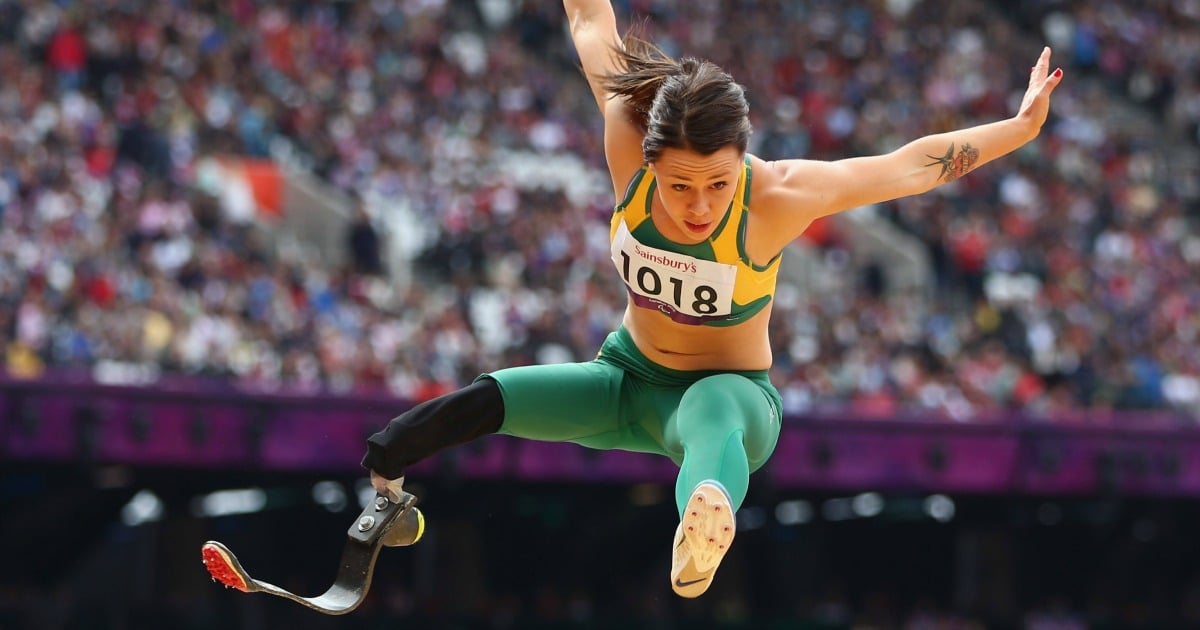At fifteen, my life revolved around netball and the beach. I had grand ambitions to one day represent Australia in the sport I loved.
While playing netball, my knee was a constant source of pain, but doctors kept assuring my parents and I that it was only growing pains.
The issue was that two years on, these growing pains were not going away, no matter how many physiotherapy appointments I went to. After doctors performed yet another scan, I was told that I had a cyst deep in my knee joint, but this would eventually go away on its own.
Despite the doctors’ assurances, I opted to have minor surgery to remove the cyst because they said I could have two weeks off school, and being in year 10, I thought this was ideal!


